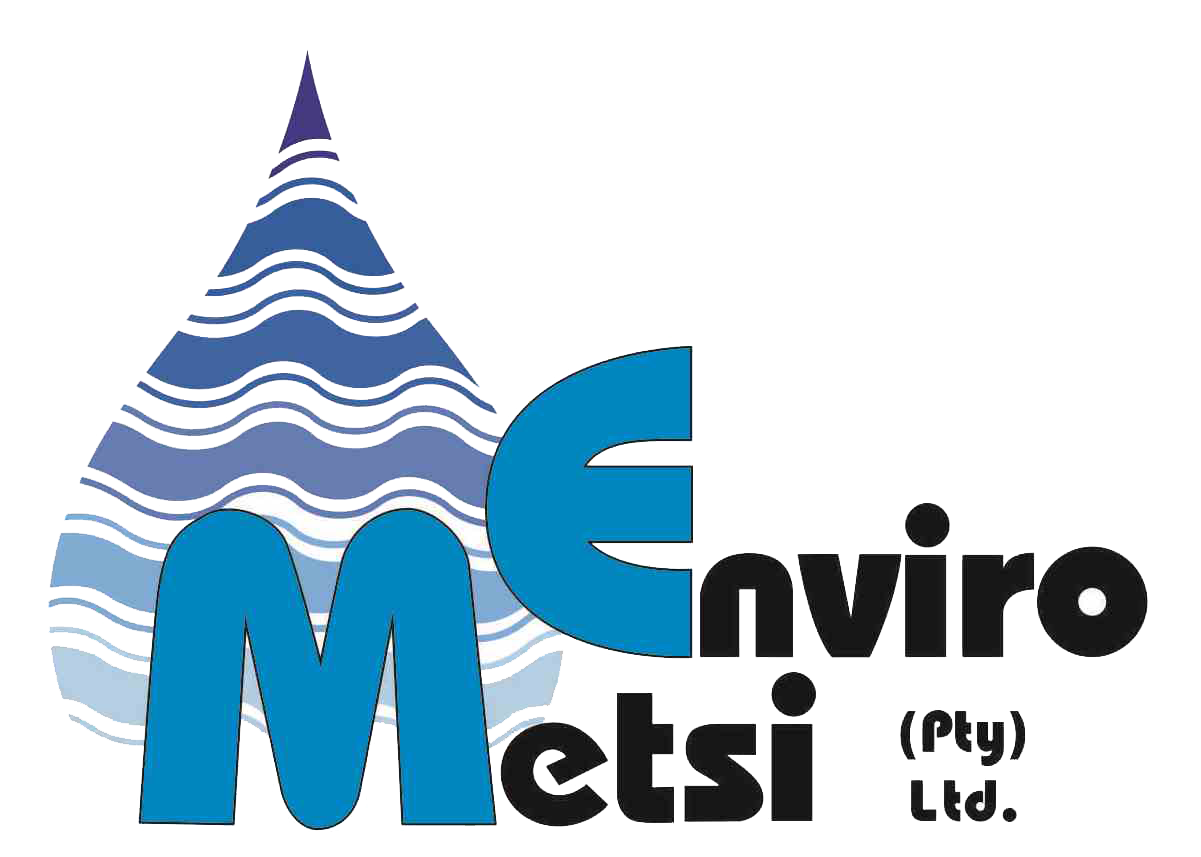Access to Safe Drinking Water is a basic human right. But what exactly does the word “safe” entail? According to the UN, it is water that’s free from substances that carry a threat to a person’s health and is measured through the national or local water quality standards.
In South Africa we are quite spoilt in that we can, generally speaking, assume that the water in our taps meets this requirement. But this is really the case? How can we know that our drinking water quality is up to standard? Where can we go to find answers on this crucial question?
The same principle applies when dealing with wastewater. Even though various limits are set based on a General Authorisation or specific Licence Conditions we need to ensure that these are being met. How do we know whether or not a Wastewater Treatment Works is causing pollution to the receiving environment and/or what the condition of those receiving watercourses is?
The Water Safety Plan / Wastewater Risk Abatement Plan
Before we answer these questions we have to set the scene and look at how this fits into the “bigger picture”. To do this we have look at the concept of Water Safety Planning for water (or Wastewater Risk Abatement Planning for wastewater systems – as the same principles apply, we will only deal with Water Safety Planning though).
Water Safety Planning was officially introduced back in
2004. It is based on the notion that “The most effective means of consistently
ensuring the safety of a drinking-water supply is through the use of a
comprehensive risk assessment and risk management approach that encompasses all
steps in the water supply from the catchment of the consumer.” It is
however impossible to manage what you do not measure. This leads us to minimum
monitoring requirements – an attempt to ensure the continuous monitoring and
management of water quality conditions and risks.
The Integrated Regulatory Information System (IRIS)
But what is being done with all this monitoring information? The Integrated Regulatory Information System (IRIS) developed out of the Blue Drop and Green Drop Systems that the Department of Water and Sanitation initially used to measure compliance with the set requirements. IRIS can be therefore be seen as a second-generation data monitoring system that processes compliance data submitted by various Local and District Municipalities. As an add-on, some of this information is available to the general public
Let’s take a look at everything you can find on the IRIS Website:
- An overview of the monthly drinking water compliance results. This can be sorted per province and then drilled down into information pertaining to a specific municipality
- Effluent quality compliance – Reporting is done on the same basis as for Drinking Water
- “My Water” – a function that allows consumers to search for the latest water quality results for a specific area
- “My River” – a similar function to allow the public access to data on rivers in a specific area
Although some of the information that is available to the public is quite basic, the tools provided on IRIS are really useful in assessing the water quality (or effluent quality) in an area and these will go a long way protecting, preserving and conserving South Africa’s Water Resources.


